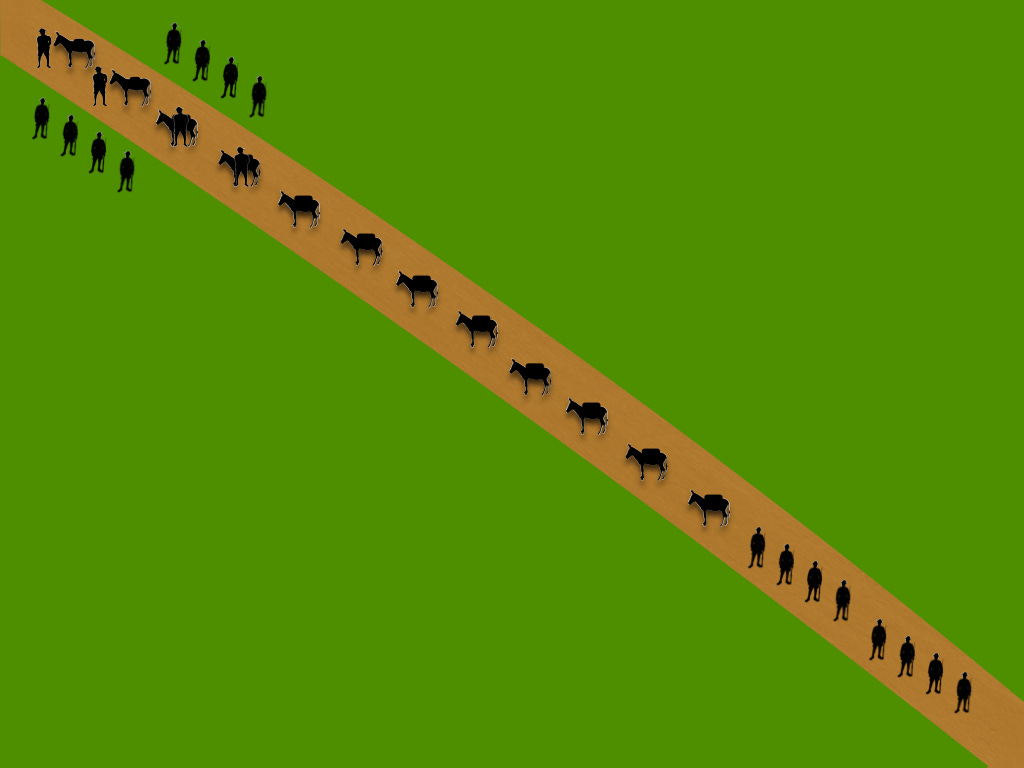A Skirmish in Nicaragua (Problem II)
Historical Map Problem
Written by Lieutenant Harold D. Harris, USMC, this exercise appeared in Volume XI (January 1936) of the Infantry School Mailing List and Volume 21, Number 11 (November 1938) of The Leatherneck.
This is the second problem in the exercise. If you have not done so already, you will probably want to begin at the beginning.
PROBLEM
What formation should the patrol adopt as it moves through the defile?
DISCUSSION
A march under these conditions must be conducted on the assumption that the enemy may attack suddenly, at any time, and from any direction. In consequence, the formation must be such that part of the force is ready at all times to return hostile fire, whether that fire comes from the front, rear, or flank. The march formation, therefore, must provide protection on every side.
In dense woods or jungle, where movements off trails are very slow and arduous, flank protection becomes difficult. In such country, it is obvious, flankers cannot move parallel to a column (if they can move at all) without unduly reducing its speed. However, stationary flankers or sentinels can be pushed a short distance to either flank, remain in position until the column has passed and join the rear guard. This method requires frequent halts, particularly in small commands, for readjustments—moving men up from the rear to the head of column, as the advance guard becomes depleted. But it nevertheless does afford some flank security.
Please feel free to use the comment section to describe your solution to this problem. In doing this, please refrain from posting any information that would spoil the problem for your fellow readers.
The next part of the exercise, which combines the historical outcome to this problem and the third problem in the series can be found here.




Split each squad into fireteams (I assume we have a Cpl and LCpl in each squad?) and distribute the 6 fireteams evenly throughout the train plus front and back (so every 8 animals - I see from part 1 we have 1 driver per 5 mules so that won't be a problem). Should allow us to proceed without stopping while keeping supplies protected and fireteams mostly in sight of one another to support. Sgt to go with front fireteam, gunnery Sgt to stay with rearmost. I as Lt, medic and messenger stay in middle, able to move to either end as needed.
The most important thing, here, is security. The mules stay in the rear with one squad. Tie them together, one behind another if you have to, but make it work. Better to have your "assault" force (in the sense that this is basically an assault climb) in front and ready to fight, then bring up your sustainment after, bit by bit if you have to.
Set your lead squad (travelling light) in a travelling overwatch with your second squad behind 1st's Bravo team. Disperse your BARs with 2nd squad, and assign one sergeant to control them as a weapons section in case of contact. The other sergeant stays with the mules and the rear squad.